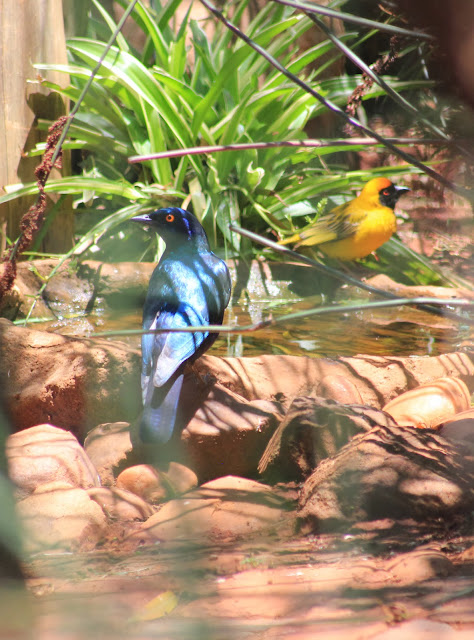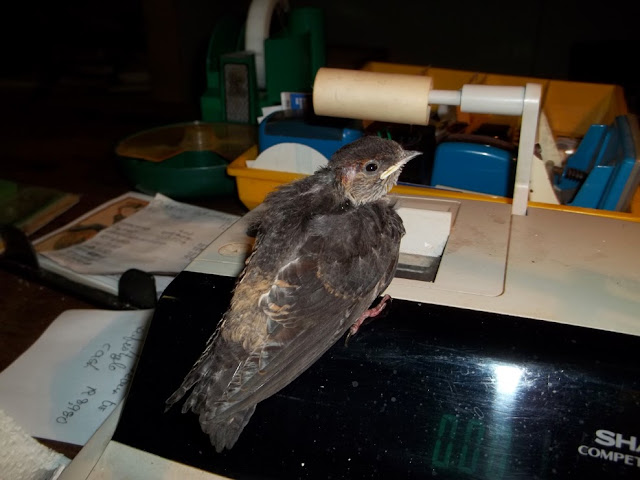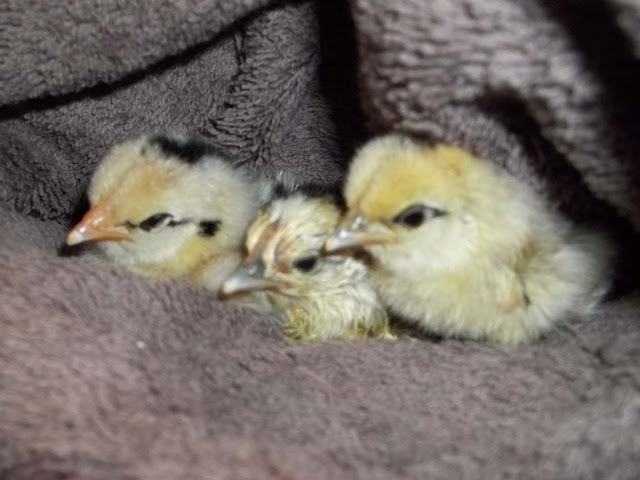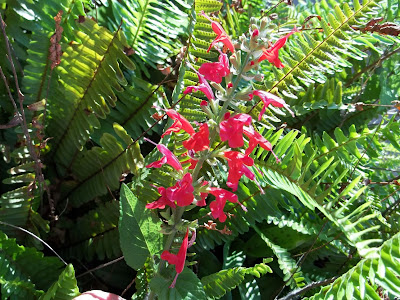Hedgie
Hedgie, the African Hedgehog, came into my life in July 2000, at a time when I felt I couldn’t handle any more responsibilities, (I was already looking after 2 Mountain tortoises and 2 fledgling Laughing Doves, plus 2 baby Guinea fowl) and all I wanted to do was find a safe home for him as quickly as possible, but after the first hour of getting to know him, I’d lost my heart completely!
Hedgie was brought to me after being rescued from some dogs rolling him around the field, presumably quite puzzled at the prickly ball which seemed quite alive, yet yielding not one inch to any prompting or buffeting of any kind.
What attracted him to Bridgette’s garden was the garden light left on at night and under which he could snuffle around for any insects also attracted to the light. And after finding him two or three times in the morning being harassed by the dogs, Bridgette decided it was time for a change of venue for the prickly character who would not even let her catch a glimpse of anything inside the bunch of prickles.
She arrived with him one Sunday afternoon, not sure whether he was still alive or not, as he had not unrolled for quite some time. Cupping him gently in my hands, I took him to the ‘holding pen’, which was a fenced area normally housing the two baby Mountain tortoises that were currently in hibernation inside the house, snug in a box, emerging from time to time for a drink of water and a quick snack before returning to their selective corners. We left Hedgie in peace for a couple of hours and after Bridgette had left, I fetched Hedgie to make sure that he was indeed all right.

After a couple of minutes of gentle coaxing, I was rewarded with a little black nose and black hairy face (juvenile, the hairs later turn white) peering out cautiously, taking in the scene for any possible danger, flipping back into his protective covering at the slightest move. It was not long before he seemed to decide that there did not seem to be any danger and he gently uncurled into his full length, with a soft, warm tummy resting in the palm of my hand. My movements had to be gentle and slow, as he was startled very easily.

After making sure that he was in quite good health, I offered him some bread and milk (for lack of having anything else to possibly give him at such short notice, as it was in the middle of winter and insects were decidedly in short supply). He lapped at the milk quite thirstily at first and after a while ate quite a bit of the bread. He then acted quite strangely, scrambling madly in my hand and I quickly took him back to the holding pen and put him down gently. He seemed quite agitated, running around for a while and then the reason was obvious – nature had called!
Then came the task of making him a shelter in the one corner of the pond area, filled with dried grass and formed into a hollow in the one corner of the shelter. I gently put him to bed, leaving some more bread and milk and fresh water and decided to check on him later.
Hedgie's home
After dark, I went to fetch Hedgie and saw him investigating his new home, trotting the perimeters in an ever-widening circle, starting in the middle and walking the same route over and over, extending the range every couple of laps, until he had satisfied himself of where the boundaries were. Picking him up carefully (I still got pricked because he rolled into a ball, trapping my fingers inside his soft tummy!), we went into the house, where he spent some time curled up in my lap until he couldn’t resist the temptation anymore and started opening up, peering out slant-eyed, as if I wouldn’t be able to see him if his eyes were closed!
We established quite a cozy relationship, with him uncurling at the sound of my voice and peeping out to see the reason for this disturbance and if he’s not willing to be disturbed right at that moment, he does little hops combined with grunting and huffing noises, letting me know in no uncertain terms that this is not the right time for any play.
Hedgie weighing in at 450g, can go as high as 750g
His diet has progressed to canned dog food (his favorite), still the milk and bread occasionally, and any insects I collected from under rocks and bark, him delighting mostly in the large wood lice, which he virtually grabs out of my hand and devours in a flash. I also started breeding meal worms, which turned out to be his total favourite.
Come summer, and when the threat of veld fires is over, I will try and find a suitable place to release him, and I will surely miss him lying on my lap or crawling up my chest, licking any bare skin he comes across and then, to my utter horror, trying to anoint himself on my smell, prickles scraping bare skin and little claws scratching until I’m forced to return him to my lap or the floor. One thing I know for sure, it will be a great emptiness in my life once he goes.
PS : I never did release Hedgie, and he went on to spend 8 beautiful years with me, and sadly passed away
in 2008, from some bowel obstruction that the vet was unable to treat. But I have been left richer for having him in my life and the memories will last forever.
.





































